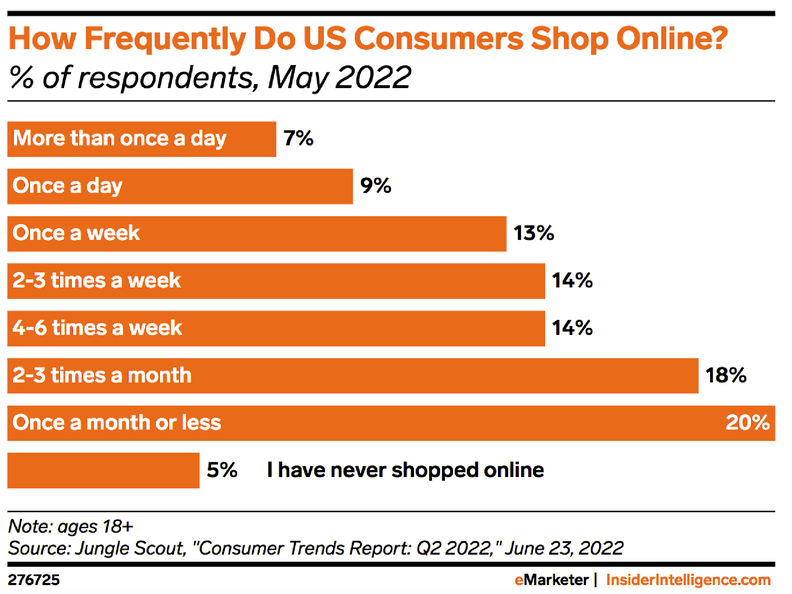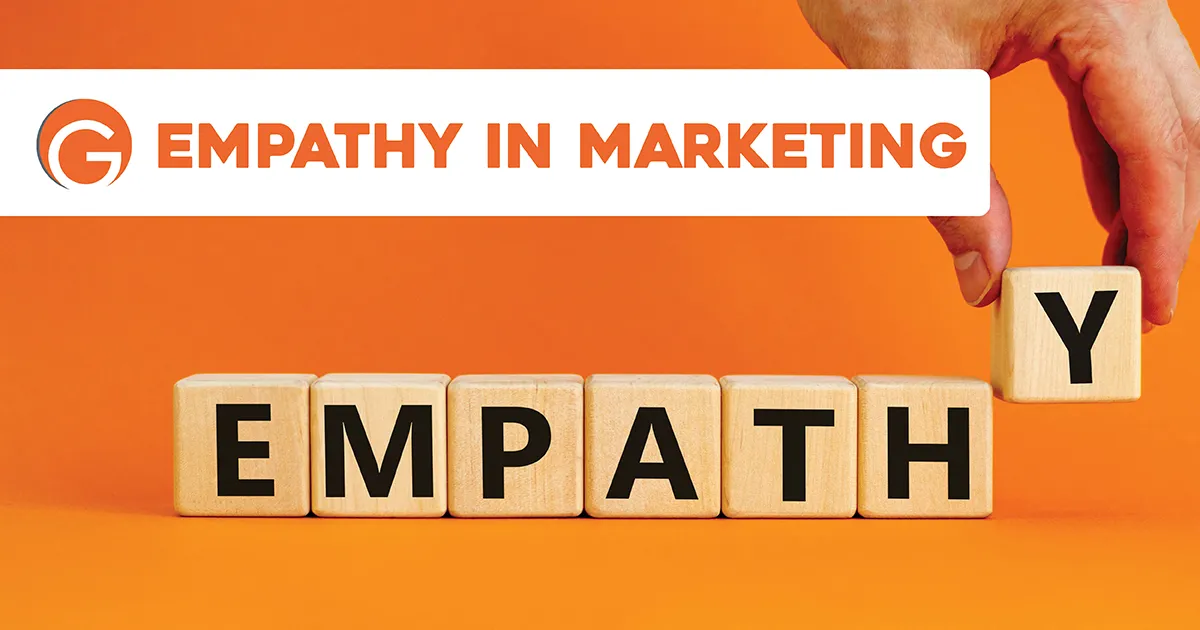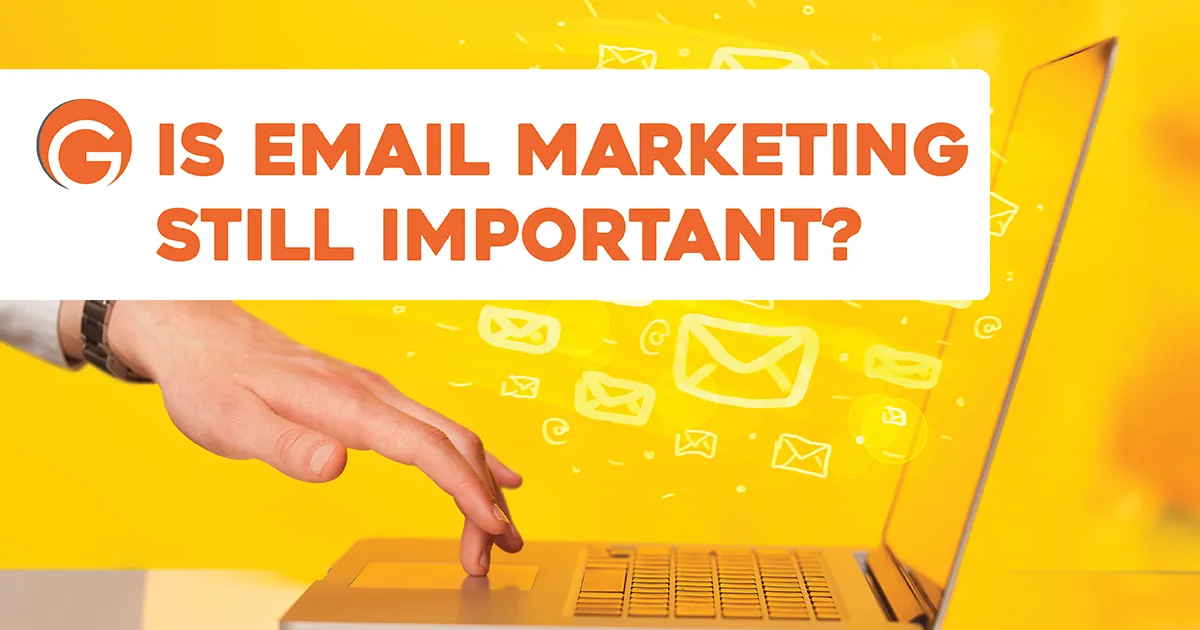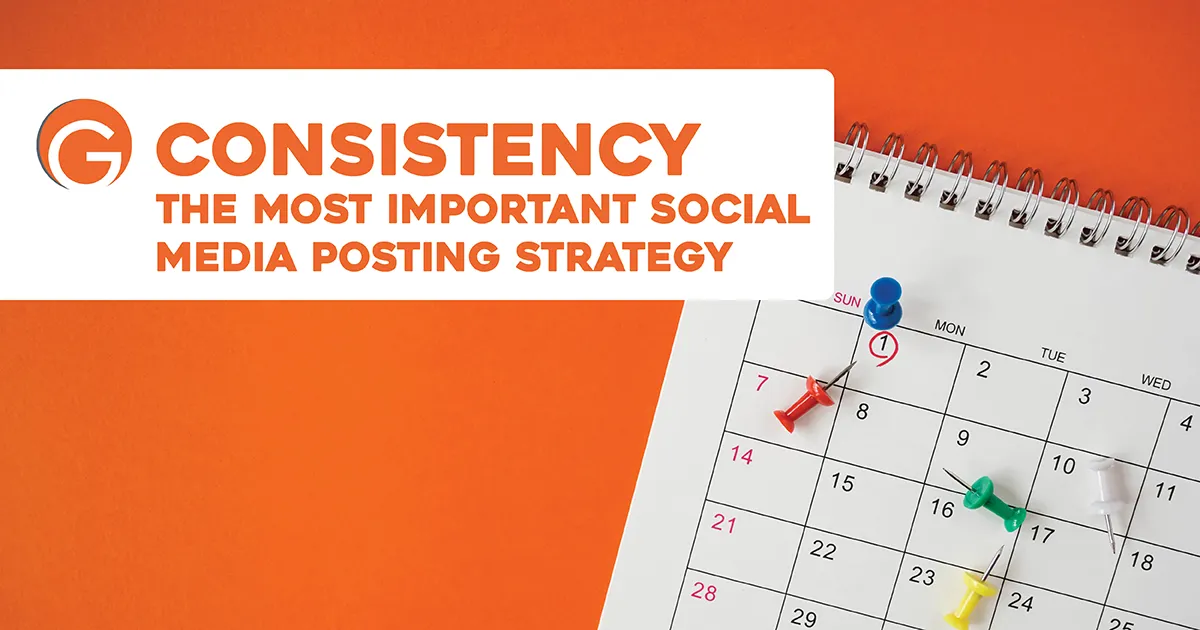More people will shop through social commerce
In 2021, around 96.9 million US shoppers made a purchase through social media.
Consumers are now turning to Facebook and Instagram not only to stay connected with friends and family, but also to discover products, research product reviews, and make purchases. This change is primarily attributed to social commerce’s convenience and interactivity.
Core features like in-app checkout, Buy buttons, and instant messaging tools make social media not only intuitive to buy through, but fast.
Right now, Facebook, Instagram, Pinterest, and TikTok have built-in native social commerce features.

Looking ahead to 2023 and beyond, the social commerce trend is unlikely to slow down. In fact, it is estimated that in the US, earnings from social commerce will reach almost $80 billion by 2025. Not only that, but the number of social commerce buyers in the United States is also projected to climb to over 114 million by 2025.
Make sure you are taking advantage of social commerce by optimizing your content and advertising. Ask Gerbo Designs for details.








